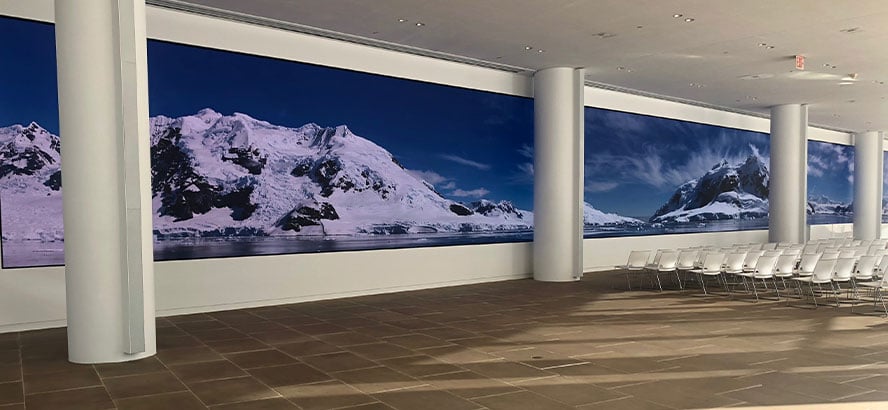Exploring How Definition Influences the Functionality and Aesthetic Quality of Light Emitting Diode Walls in Modern Exhibition Technology
Exploring How Definition Influences the Functionality and Aesthetic Quality of Light Emitting Diode Walls in Modern Exhibition Technology
Blog Article
Light Emitting Diode screens are becoming increasingly common in various environments, from concerts and sports competitions to corporate presentations and creative exhibits. One of the most crucial elements that affect the performance and image clarity of these screens is image clarity. Image resolution refers to the number of pixels that compose the visual on the display. Increased image clarity indicates more pixels, which can result in clearer and clear images. Grasping how image clarity affects LED screens can assist users make informed decisions about their display requirements.
When discussing resolution, it is essential to take into account pixel spacing, which is the gap between the midpoint of one pixel to the center of the next pixel. A smaller pixel spacing results in a greater resolution, allowing for more detail in the visuals shown. For instance, an LED screen with a pixel spacing of 1.5mm will offer a sharper visual than one with a pixel spacing of 3mm. This is especially important in environments where viewers are close to the display, such as in a compact venue or a exhibition show booth. In these cases, a greater resolution can significantly enhance the viewing quality.
Another factor of image clarity is its effect on color precision and luminosity. LED screens with higher resolutions often have better hue rendering, indicating that the hues displayed are more vibrant and true to life. This is essential for uses like advertising, where the goal is to capture interest and convey a concept efficiently. Additionally, greater image clarity displays can preserve luminosity levels even when viewed from various perspectives. This is important in large venues where viewers may be positioned at various distances and positions from the display.
The performance of LED walls is also influenced by resolution in terms of refresh rates and response times. A higher resolution display can handle faster refresh rates, which is essential for dynamic content such as videos and animations. This means that the images on the screen will appear smoother and increasingly seamless, improving the overall observing quality. In comparison, reduced image clarity displays may struggle with fast-moving content, leading to fuzziness or lag. Therefore, for occasions that depend on dynamic images, selecting a screen with a suitable image clarity is critical.
In conclusion, resolution plays a crucial role in defining the functionality and image clarity of LED screens. Elements such as picture spacing, hue precision, luminosity, refresh rates, and response times all contribute to how effectively a screen can communicate data and capture viewers. As technology continues to advance, understanding these factors will this assist operators choose the right LED wall for their particular needs, ensuring that they achieve the best possible outcomes in their displays and events.